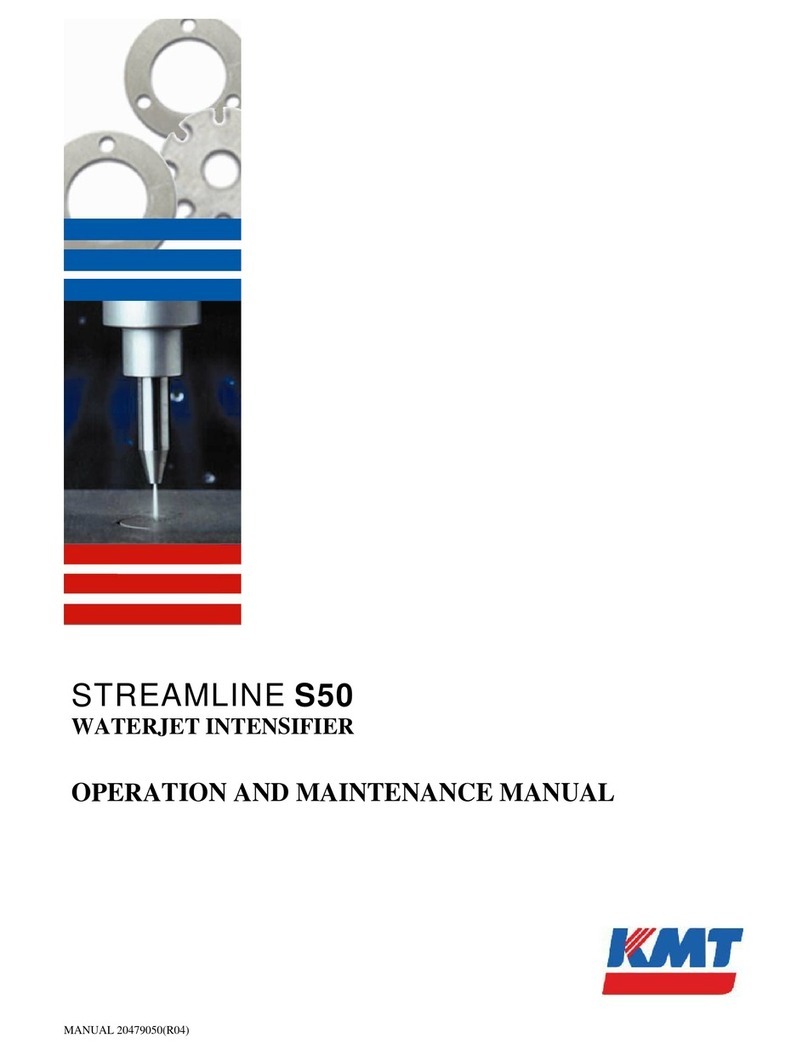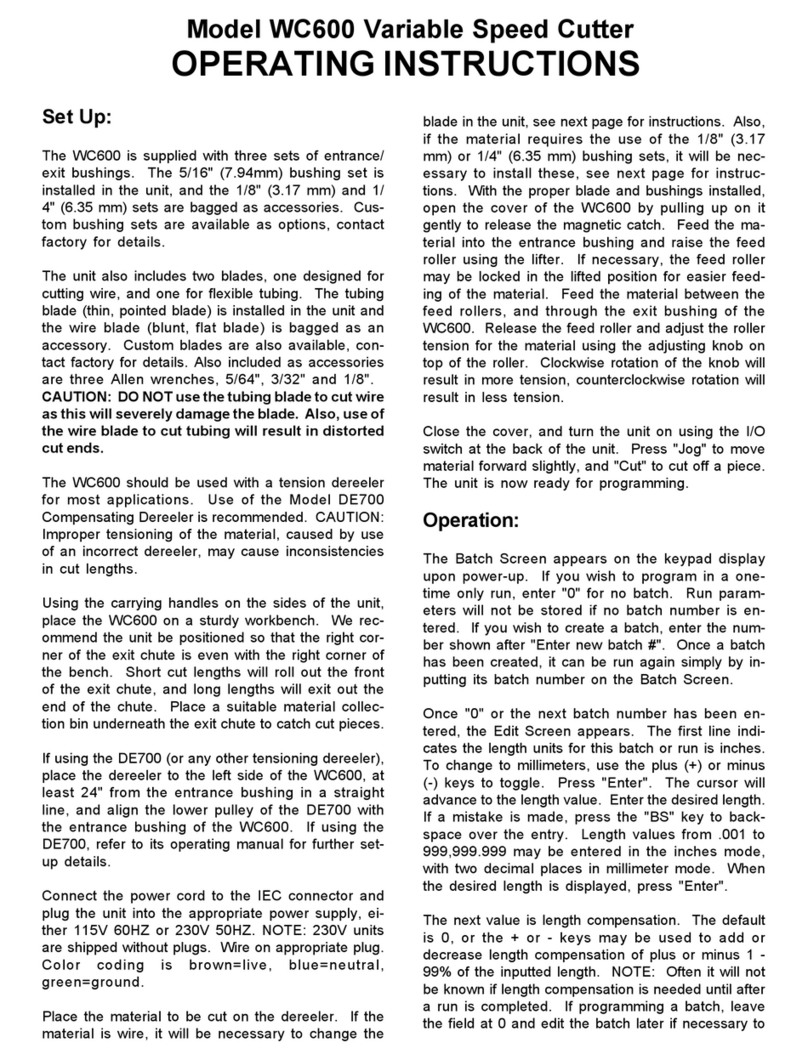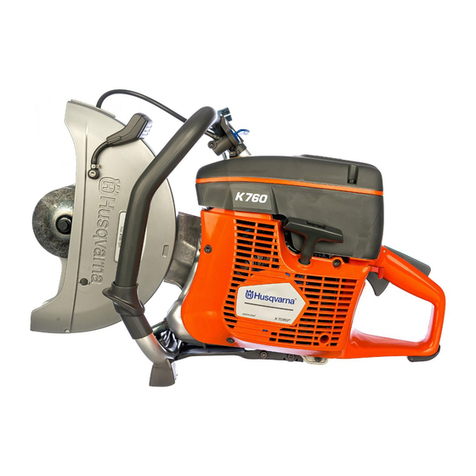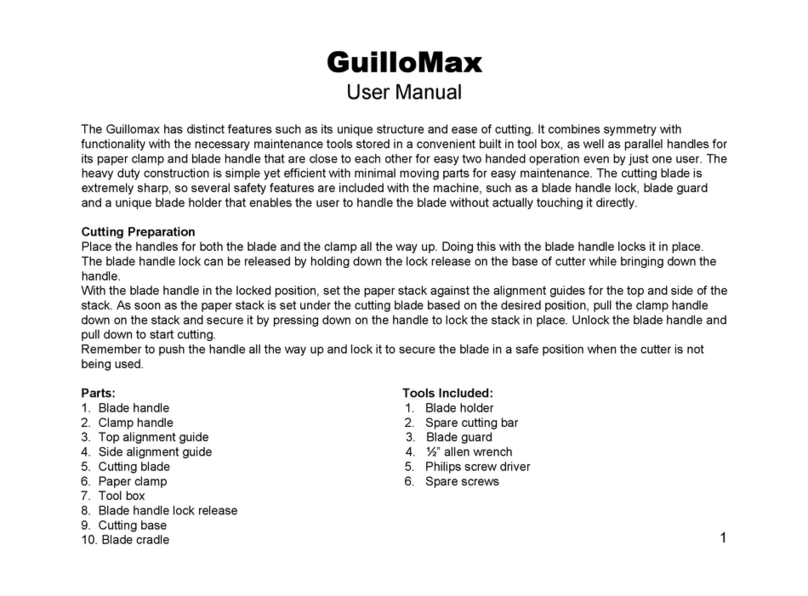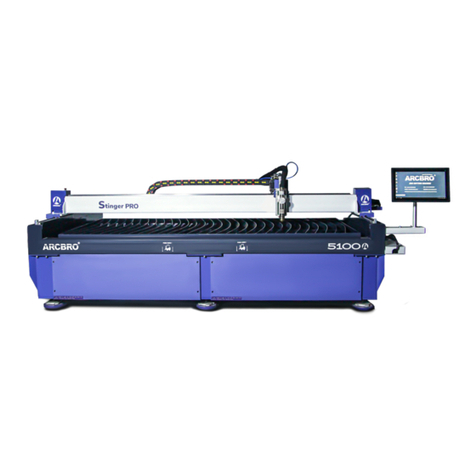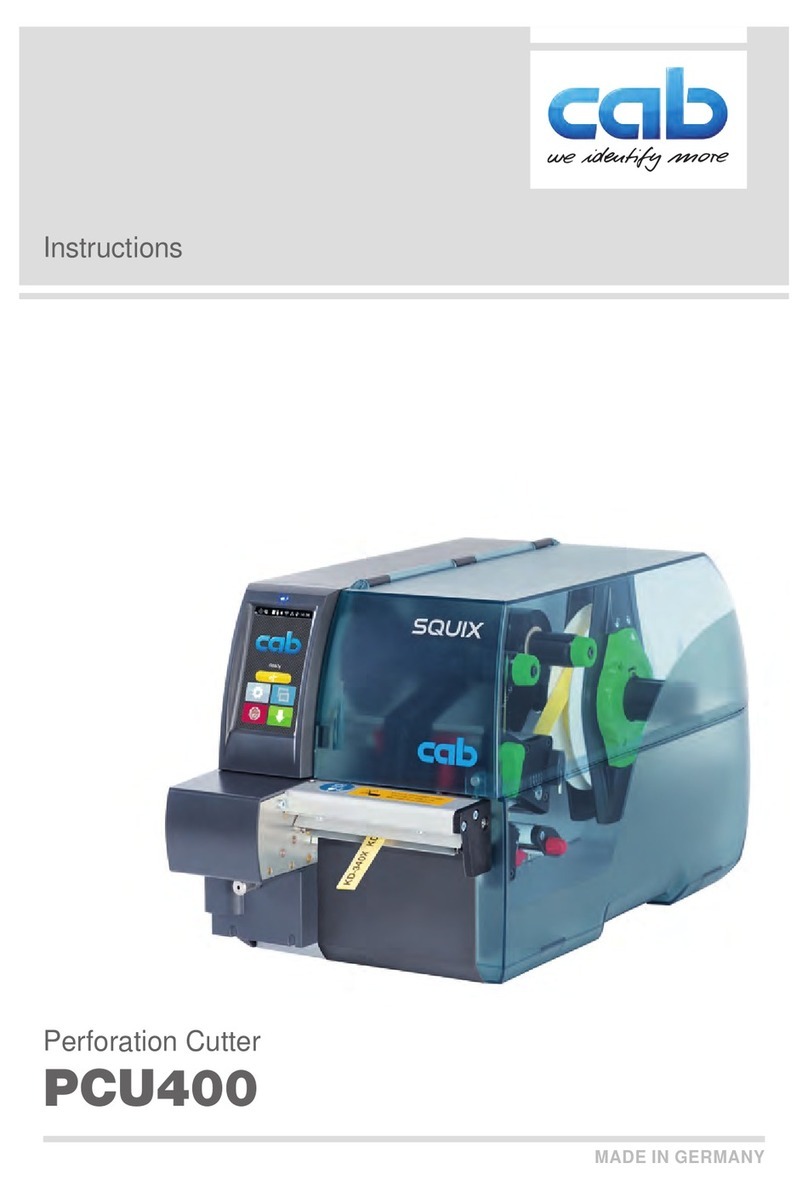
20412906
8-2012/Rev 11 iv
9.7 High Pressure Cylinder Assembly.........................................................9-10
High Pressure Cylinder Assembly Removal..........................................9-11
High Pressure Cylinder Assembly Installation......................................9-12
High Pressure Cylinder Maintenance ....................................................9-13
9.8 Hard Seal End Caps...............................................................................9-14
Hard Seal End Cap Removal .................................................................9-14
Hard Seal End Cap Installation..............................................................9-15
9.9 Sealing Head..........................................................................................9-16
High Pressure Discharge Check Valve..................................................9-16
Low Pressure Inlet Check Valve............................................................9-18
Sealing Head Maintenance ....................................................................9-19
9.10 High Pressure Seal Assembly................................................................9-20
9.11 Hydraulic Cartridge Seal and Plunger Removal....................................9-22
Plunger Maintenance .............................................................................9-24
Plunger Installation................................................................................9-24
Hydraulic Cartridge Seal........................................................................9-25
9.12 Hydraulic Piston.....................................................................................9-26
Hydraulic Piston Removal.....................................................................9-27
Bearing Rings and Seal Assembly.........................................................9-28
Plunger Button Sockets, Seals and Retainer Pins..................................9-28
Internal Check Valves............................................................................9-29
Hydraulic Piston Installation..................................................................9-30
9.13 Hydraulic Cylinder Maintenance...........................................................9-31
9.14 High Pressure Attenuator.......................................................................9-31
9.15 High Pressure Dump Valve ...................................................................9-32
3-Port Pneumatic Control Dump Valve (SL-V 30, 50 and 60)..............9-32
2-Port Pneumatic Control Dump Valve (SL-V 100) .............................9-36
Pneumatic Actuator................................................................................9-40
9.16 Weep Holes............................................................................................9-41
10 Troubleshooting ................................................................................................10-1
10.1 Overview................................................................................................10-1
10.2 Troubleshooting Guide ..........................................................................10-2
10.3 Softstarter...............................................................................................10-12
11 Specifications.....................................................................................................11-1
11.1 Overview................................................................................................11-1
11.2 Installation Specifications......................................................................11-1
Environment...........................................................................................11-1
Sound Level...........................................................................................11-2
Equipment Dimensions and Weights.....................................................11-2
Service Connections...............................................................................11-2
Plant Air.................................................................................................11-3
11.3 Water Specifications..............................................................................11-3
Cutting Water Supply ............................................................................11-3
Cooling Water Supply............................................................................11-4






